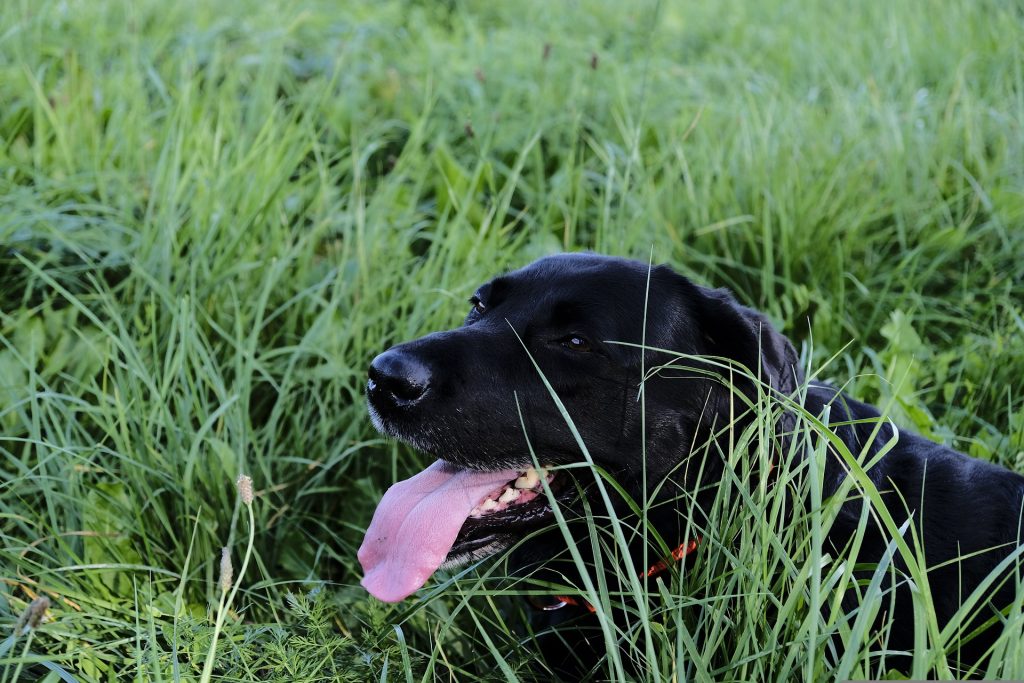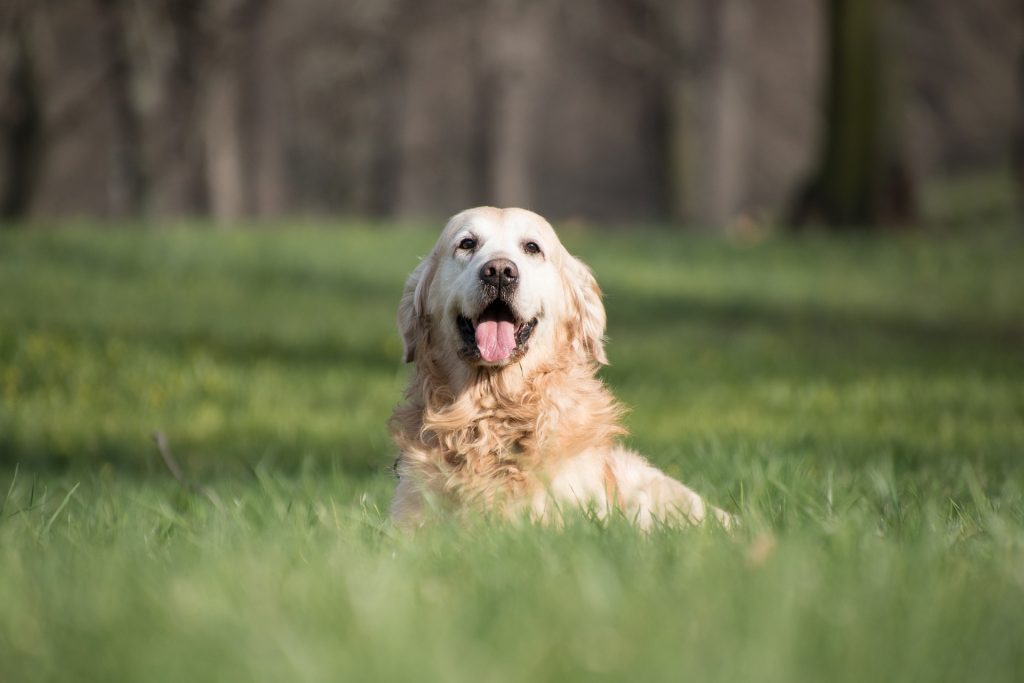With summer slowly approaching and more time being spent outdoors, our furry friends can face the real risk of heatstroke, especially during very hot days. Prevention is imperative to keeping your dog safe.
What is Heatstroke?
Heatstroke or hyperthermia is caused by a rise in body temperature as a result of various triggers, one being a hot environment. It is a serious condition that requires immediate attention as it can progress very quickly and cause irreversible damage or even death.
Unlike humans, dogs do not sweat through their skin. They only do so in small amounts through their footpads and nose, but not enough to expel excess body heat. Instead they pant, but unfortunately this is not always very effective especially when their body temperature is high. When the internal heat cannot be dissipated quickly enough, the body temperature rises and can cause irreversible damage to internal organs. If a pet’s temperature rises about 41C without any previous illness, this is referred to as heatstroke, and anything between 41.2C to 42.7C is critical and can cause multiple organ failure¹

Common Causes of Heatstroke
Below are some common reasons a dog may develop heatstroke:
- Being left outdoors without access to water or shade, especially on a hot day
- Excessive or vigorous exercise during hot temperatures
- Being in a poorly ventilated environment
- Certain dog breeds e.g. bulldogs, pugs and boxers are at greater risk due to their restricted airways
- Any infection that causes a fever, seizures or severe muscle spasms can raise the body temperature
Signs of Heatstroke
Heatstroke first presents as heat exhaustion, and signs may be subtle and include the following:
- Increased panting
- Lethargy
- Refusal to drink water
Once heat exhaustion progresses to heatstroke, the following signs will present:
- Increased temperature (above 40C requires action, above 41C is a medical emergency)
- Dizziness
- Disorientation
- Vigorous panting
- Dark red gums (which may be dry)
- Lying down and unwilling to get up
- Collapse or loss of consciousness
How to Treat Heatstroke
Immediate action must be taken if you think your dog might be suffering from heatstroke. Move them to a cool, well ventilated area and offer fresh water to drink. You can try cooling their body down, but this must be done with cool water and not extremely cold water (do not use ice or ice water). You can try pour cool water over the head, stomach, armpits and feet or apply cool cloths to these areas. Try to ensure there is a continual flow of air over them to help with heat loss until you can get to your veterinarian. Remember that cooling them off too quickly can be dangerous as well as they could then develop hypothermia if not monitored correctly. If in any doubt, contact your veterinarian immediately for advice on next steps to take.
How to Prevent Heatstroke
Preventing your furry friend from developing heatstroke in the first place is key.
- Never leave your dog alone in the car even if the windows are open, as temperatures can rise very fast even if it is not that hot outside
- Avoid vigorous exercise on hot days, and if you do go outside, try to stay in shady areas
- Only walk them in the early morning hours or in the evenings when it is cooler outside
- Provide cool fresh water for your pet to drink at all times
- Be aware that certain dog breeds such as the brachycephalic (short-nosed) breeds are prone to heatstroke. Dogs also at risk include obese dogs, senior dogs, long haired dogs or those with thick coats, as well as dogs with underlying health conditions that can affect their stamina

References:
¹ https://vcahospitals.com/know-your-pet/heat-stroke-in-dogs

